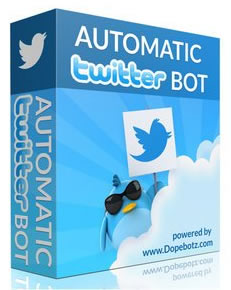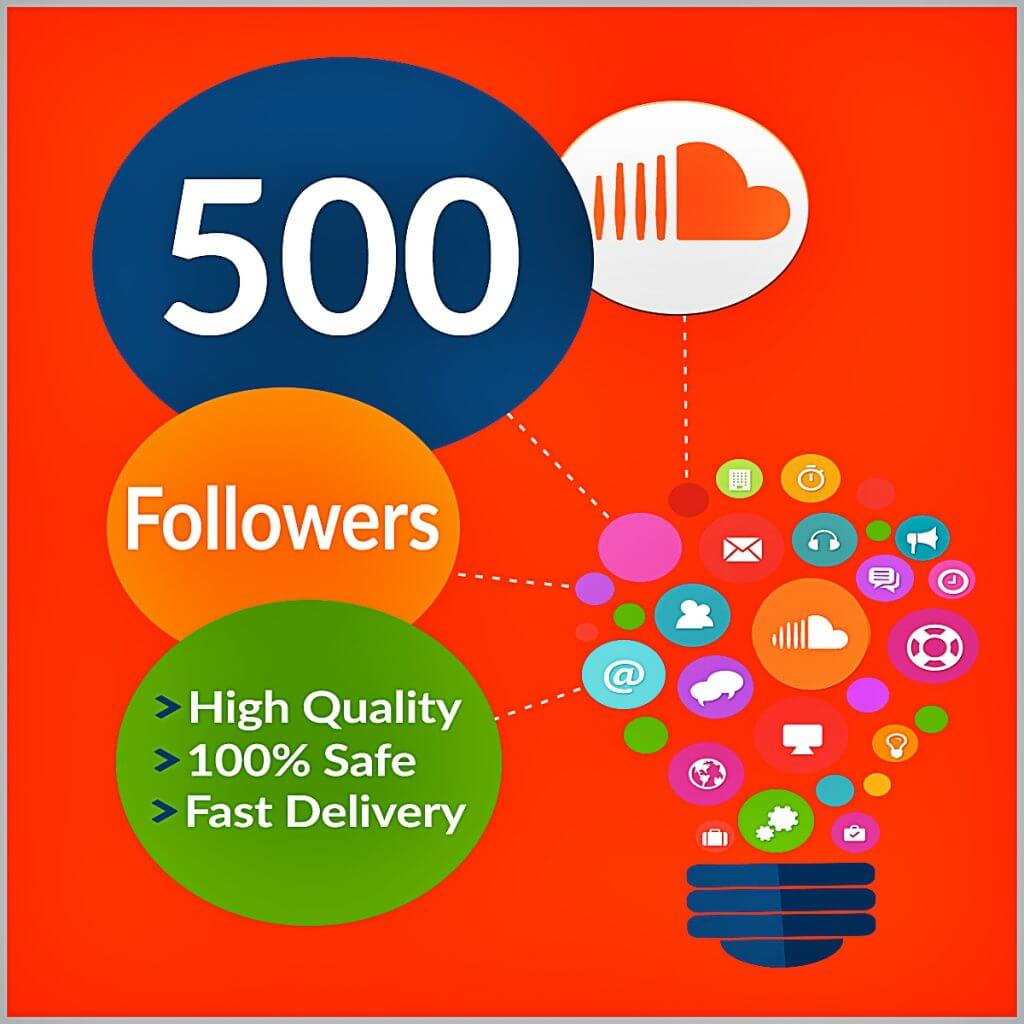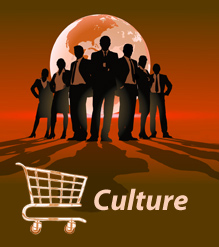



| Business-Managed Democracy » Culture » Social Media » Bots » For Sale |
 Sophisticated social media bots can be bought online, either as source codes enabling the bots to be customised, or as ready to use products.
Sophisticated social media bots can be bought online, either as source codes enabling the bots to be customised, or as ready to use products.
In 2015 it cost around $10 to buy 1000 fake friends for Facebook. Bots also operate on Instagram, which is owned by Facebook and has 700 million users a month. Websites can pay from $10 a month to have bots go on “automated liking, following and commenting sprees” on Instagram in the hope that their websites will be followed or liked in return.
“Bot-making platform Motion.ai has just released a "bot store," where companies, groups, and individuals who want to release a bot can get, customize, and deploy a bot in minutes."
 Reference: Sapna Maheshwari. ‘How Bots Are Inflating Instagram Egos.’ The New York Times. 6 June 2017.
Reference: Sapna Maheshwari. ‘How Bots Are Inflating Instagram Egos.’ The New York Times. 6 June 2017.Gramista’s website said that for $1.79 a day, it would “automate liking, following and unfollowing just like a human being would.” Another, named Archie.co, which bills itself as a “liking application,” said it works with both Twitter and Instagram and would help users “find real eyeballs in a much cheaper way than paid advertising.”
Nick Bilton from the New York Times used software "Twitter Supremacy":
 Reference: Nick Bilton. ‘Social Media Bots Offer Phony Friends and Real Profit.’ The New York Times, 19 November 2014
Reference: Nick Bilton. ‘Social Media Bots Offer Phony Friends and Real Profit.’ The New York Times, 19 November 2014With minimal effort, I downloaded a piece of software called Twitter Supremacy. For $50 for a six-month license, the software (which violates Twitter’s terms of service agreement) lets me fabricate an unlimited number of friends. With an army of fake friends at my disposal, I can now charge people who want to increase their number of followers or promote certain tweets. One bot creator I talked to (who spoke only on the condition of anonymity because his work violates user agreements with social media sites) said that he manages hundreds of thousands of Instagram bots and makes a good living by pushing posts to the app’s popular page. He can also manufacture all kinds of engagement, including following accounts and commenting on photos.
 Bots can be used to generate likes, comments, posts and fake followers on social media sites.
Bots can be used to generate likes, comments, posts and fake followers on social media sites.
For example, “In one 30-day period this year, the @canon_bw account liked more than 27,000 photos and left almost 7,000 comments, some of which led to enthusiastic responses.” This practice has increased since 2016 when Instagram started ranking posts according to “what its data said people wanted to see or click on” rather than in chronological order.
The more likes and followers a website has the more legitimate it seems. The more popular websites are the more people take notice of them and the more advertising they can attract. In 2016 marketers “spent more than $570 million on influencer marketing on Instagram” alone.
Bots are used in this way by celebrities, politicians, as well as corporations with branded products, to seem more popular than they are. It also enables celebrities to earn money. Someone with millions of Twitter followers can be paid thousands to promote a product or service. “For a single tweet, Facebook update or Instagram photo, brands will pay $1,500 to $2,500 to lower-tier celebrities like Marlon Wayans or Holly Madison, and up to $50,000 to upper-tier celebrities”. Celebrities may gain bot followers, not because they buy them but because “bot farms” follow them.
© 2018 Sharon Beder
http://www.herinst.org/BusinessManagedDemocracy/culture/socialmedia/sale.html
